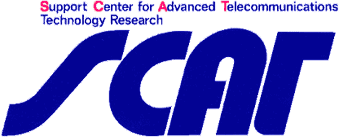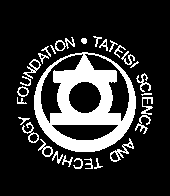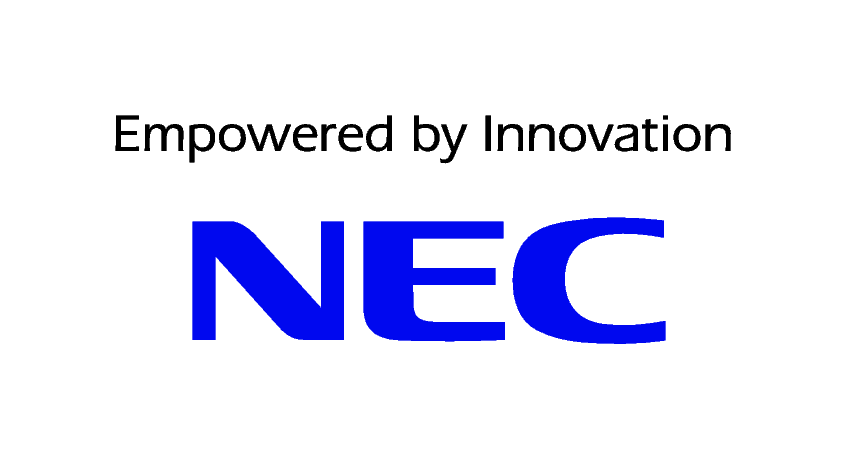基調講演
Opening & Keynote I : Wednesday, January 23, 8:30-10:00
回路からがんへ
From Circuits to Cancer

Sani Nassif 博士
IBM オースチン研究所/IEEE Council on EDA プレジデント
EDA 技術の医療応用(プロトン放射によるがん治療への適用)に基づくEDA技術の他分野への応用とその可能性
The human race has invested about a trillion dollars in the development of semiconductor electronics, and our lives have been improved greatly as a result. Smart devices are now taken for granted and permeate every aspect of our daily lives. One of the important products of this huge investment was the development of sophisticated design optimization and simulation tools to allow the largely automated design and verification of integrated circuits. Sometimes we in the EDA community do not realize quite how advanced we are in this field, and just how applicable much of the Silicon R&D work is to other areas... This talk will be about one such area, namely that of Proton Radiation Cancer Therapy, where a team at IBM, working with researchers at the M. D. Anderson Cancer Research center, have been busy applying knowledge from the VLSI area to this important problem. We will show examples of applying large scale analysis and optimization techniques to the treatment planning problem, and hopefully motivate other EDA researchers to seek applications of their deep knowledge in adjacent fields.
(日本語題及び概要文責:木村晋二)Keynote II : Thursday, January 24, 9:00-10:00
来るべき技術へギアアップせよ
Gearing Up for the Upcoming Technology Nodes
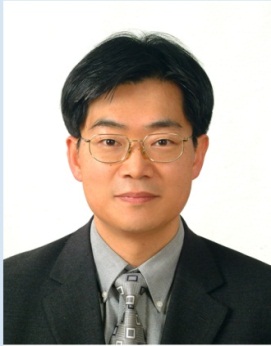
Kee Sup Kim 博士
サムスン電子 設計技術担当副社長
ダブルパターニング、3次元トランジスタや3次元実装、プロセスの不安定性などのLSI設計・製造技術に関わる今後の課題とそれへの技術的な挑戦
Upcoming technology nodes have many challenges. In this talk, Dr. Kee Sup Kim outlines the challenges in recent technology nodes and how Samsung prepared each generation of design infrastructure to overcome these challenges. The emphasis will be giving to the challenges in the upcoming technology nodes and what approaches are being taken to overcome the challenges posed by double patterning, 3D transistors, 3D IC's and increasing process instabilities.
(日本語題及び概要文責:木村晋二)Keynote III : Friday, January 25, 9:00-10:00
サスティナブル・モビリティに向けた人と自動車と社会システムの開発
−大規模シミュレーションによる開発革新−
Human, Vehicle and Social Infrastructure System Development for Sustainable Mobility
– Development Innovation based on Large-Scale Simulation –
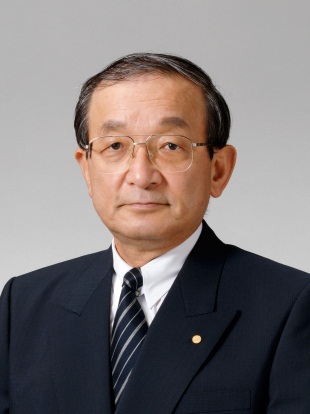
渡邉 浩之 博士
トヨタ自動車 技監/ITS Japan 会長
多様なエネルギー対応、自動運転技術の活用、コネクテッドビークルとその社会システム開発等、技術開発の方向性を示すと共に、大規模シミュレーションによる開発革新を提言
In order to realize a sustainable mobility society, technology development is ongoing to handle energy security, CO2 reduction, traffic-congestion and road-accident related challenges. The vehicle itself and the surrounding social infrastructure system, has to deal with 3 challenges.
The first challenge will be to develop and raise the efficiency of a powertrain supporting renewable energy like bio-fuels, electricity, and hydrogen.
The second will be the challenge to enhance vehicle dynamic performance and to innovate environmental and safety features of the vehicle by autonomous driving and its supporting technologies.
The third challenge is ITS development applying ITC (Information and Communication Technology), namely, the development of a "connected" vehicle and its related social infrastructure.
These developments, which began by utilizing simulation technology such as HILS and SILS, have evolved for the systems which include both human and society. In the development of the social infrastructure system, much progress has been made in the development process itself, such as application of real-time probe-data, and large-scale simulation using Big Data.
In this keynote lecture, we will introduce approaches to resolving key challenges, and show the future technological trend together with a proposal to innovate development based on large-scale simulation.





